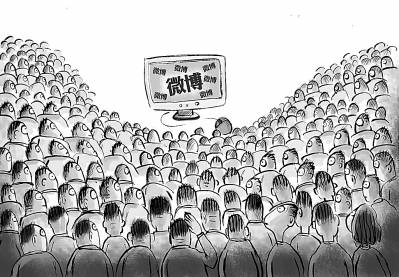A visual sourcebook of
Chinese civilization
timeline
and maps
Prof. Patricia Buckley Ebrey
University of Washington
The Late Qing
The Search for Modern China: The first clash with the West
The response of China's scholars
China's political response
Britain's military response
The new treaty system
Lecture review (Google doc group exercise)
The Taipings (Hong)
The battle over opium (Lin)
Missionary activities
Self-strengthening movement
Limits of change
The Concept of the Sinophone (extra credit individual presentation)
P710 Sinophone studies—conceived as the study of Sinitic- language cultures on the margins of geopolitical nation- states and their hegemonic productions—locates its objects of attention at the conjuncture of China’s internal colonialism and Sinophone communities everywhere immigrants from China have
settled.
Coming attractions
Passion and Duty in the Late Qing
WU Jianren, The Sea of Regret



















